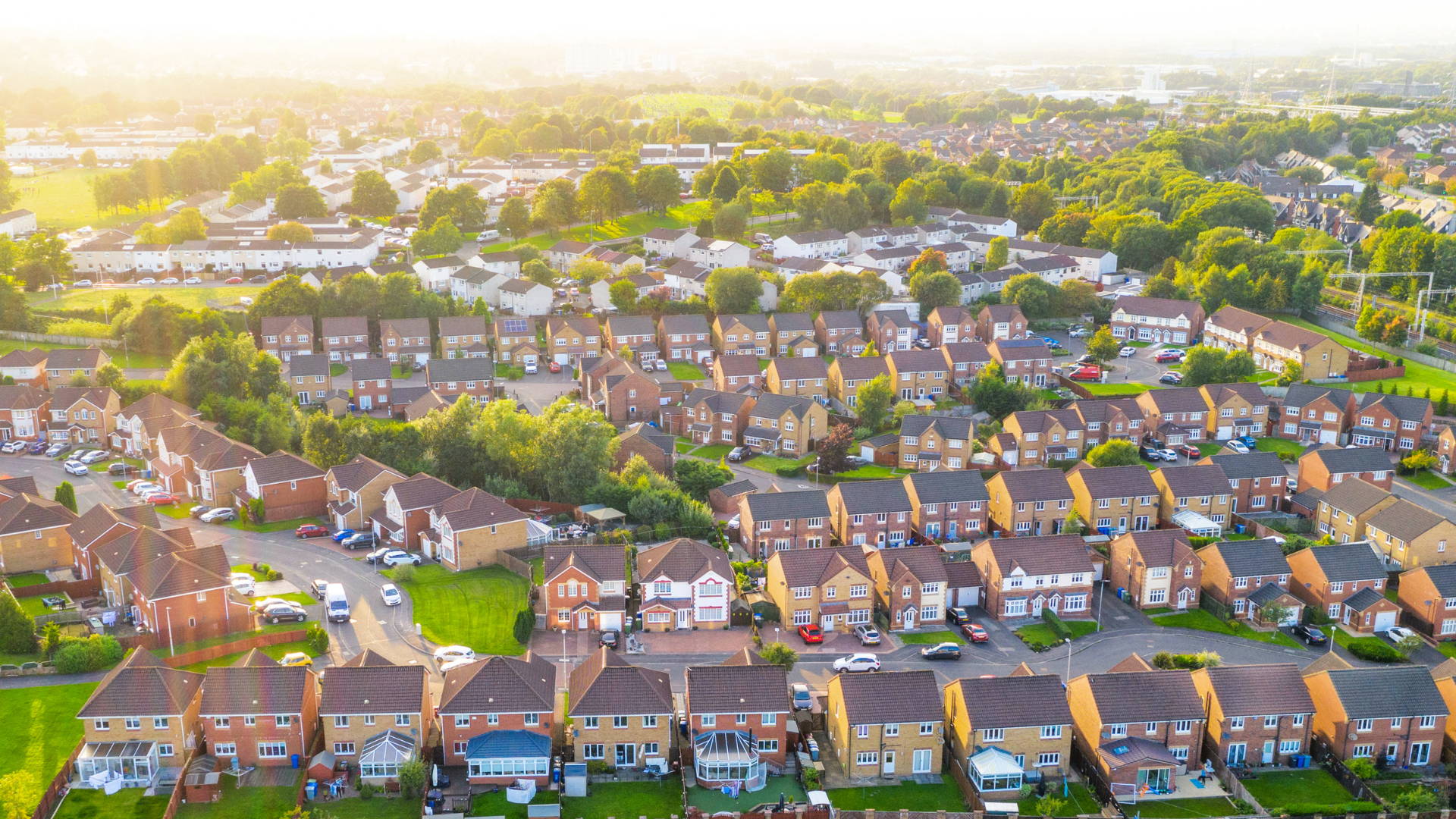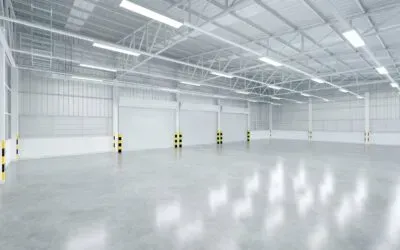What is Flexible Infrastructure?
Flexible infrastructure consists of lightly zoned developments that are defined by growing trends and tastes. These spaces are most commonly found across U.S. cities where younger generations are making their next move. Often referred to as, “flex spaces,” these emerging real estate solutions are altering and reshaping the future of the U.S. market altogether. While still highly unique in their uses, flex spaces typically tend to define developments which are utilized as office space. While flex space inventory currently makes up under 5 percent of U.S. office stock, the numbers are projected to expand to 30 percent by 2030 . Growing percentages such as these, compounded with a rising interest in younger generations, have made flex spaces a promising prospect in the market.
Flex spaces offer numerous investment opportunities and benefits. One of which being that they are flexible to the economic changes of a given area. Demographic and economic changes exist symbiotically. That is, as demographic changes within an area occur, economic changes will also occur. This is what makes flex spaces so unique and advantageous for long term investment. Even if a change does occur, flex spaces can adapt with the change. A large part of this is due to the infrastructure of a space. Such infrastructure can not only allow for environmental benefits but has possible cost reduction benefits as well. From a design standpoint, the architecture of flex spaces can be optimized to fit many applications and uses, making them an even more valuable asset for long term investing.
Whether you are looking for brokerage services, development and construction services, or are looking for your next property investment, our team is here for you. We take pride in creating long-lasting relationships with our clients. Email us at info@mhwre.com or give us a call at 281-651-4898 to get the service your investments deserve.




